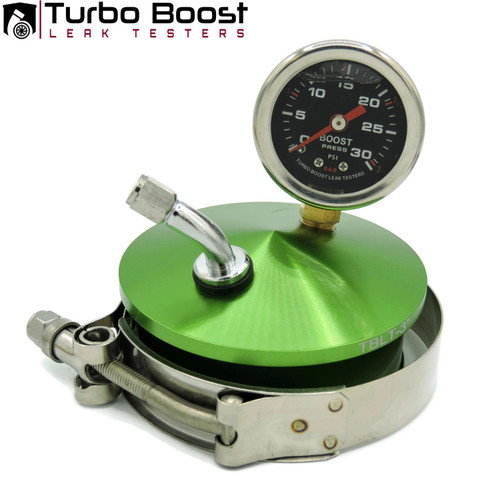Product Description
Turbo Boost Leak Testers, Inc is dedicated to making boost leak testers. Thats it!
Test your GTR twin turbo the correct way and keep the motor running healthy and boost with confidence!
Design for all aftermarket intake using a 2.75" pipe diameter. These twin billet caps will be installed inside the 2.75" silicon adapter right at the turbo inlet or any 2.75" flexible connection on the intake.
**If you are running aftermarket intake pipes that are larger than 2.75", such as 3" check out the GTR R35 kit or simply purchase 2 of the 3" billet end caps and silicone adapters and clamps that you will need.
GTR R35 KIT here>https://turboboostleaktesters.com/gt-r-r35-twin-turbo-09-18-billet-aluminum-boost-leak-tester-3-intakes/
Billet End Cap Kit>> https://turboboostleaktesters.com/3-turbo-boost-leak-testers-end-cap-6061-billet-aluminum-30psi-t-bolt-premium/
Pressurizing the system will allow you to run peak boost your motor was tuned for ensure you are putting all the power down without any leaks. A boost leak will cause the compressor wheels to over-spin to compensate for lost pressure. Eventually this puts a lot of strain on the turbos and they start to develop shaft play from running hot and poor oiling.
Design Features & Whats Included:
- (2) 2.75" Aluminum End Caps
- (2) Custom Boost Gauges - Stainless steel shock-proof glycerin-filled. Range 30 PSI/ 2 Bar
- (2) Tire Valve stems for easy testing
- (2) Stainless Steel T-Bolt Clamps
Lifetime warranty on all the components except the T-bolt clamps.
Instructions:
1. remove intake pipe and expose the silicon adapter on the turbo inlet, from each side
2. Insert the boost leak tester end caps into the inlets
3. Cap off any lines or ports connected between the tester and the turbo inlet. This prevents pressure from making it into places its not supposed to be, like the crank case and under the valve cover.
4. remove the oil cap to prevent accidental crank case pressurization
5. Fill the system with a compressor. Start with low pressure such as 5psi. Listen for leaks, fix leaks and repeat to catch the next leak. Largest leaks are found first.
* good practice to disconnect the diverter valve "blow off valves" return lines as shown in the pic. This will test the diaphragm of the diverter valve. It should not leak air on the return side when boost leak testing.





















